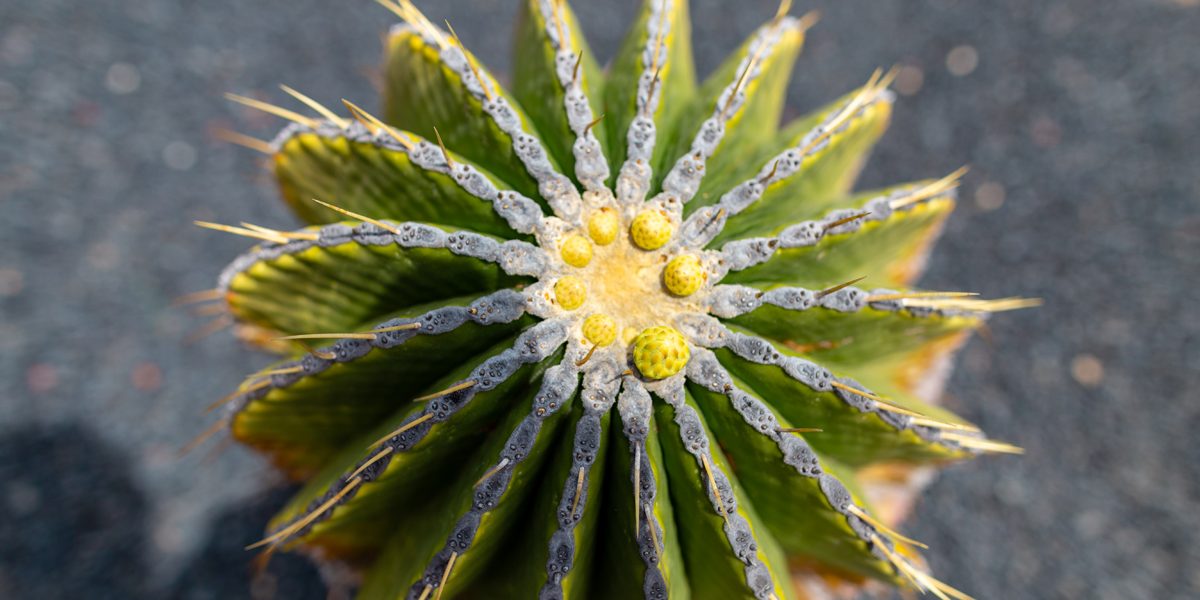A cactus turning yellow can be a sign of several issues. Here are some common reasons and their solutions:
1. Overwatering:
- Symptoms: Yellowing of the base or whole cactus, soft or mushy spots.
- Solution: Allow the soil to dry out completely before watering again. Ensure your pot has good drainage.
2. Underwatering:
- Symptoms: Yellowing, especially at the tips, and shriveled appearance.
- Solution: Increase the frequency of watering, but avoid overwatering. Cacti generally need watering every 2-4 weeks, depending on the season.
3. Sunburn:
- Symptoms: Yellowing of the cactus, especially on the side exposed to direct sunlight.
- Solution: Move the cactus to a location with filtered sunlight or provide some shade during the hottest part of the day.
4. Poor Soil Drainage:
- Symptoms: Yellowing combined with root rot symptoms.
- Solution: Use well-draining cactus soil and ensure the pot has drainage holes. Repot the cactus if necessary.
5. Nutrient Deficiency:
- Symptoms: Yellowing of the cactus, particularly in older sections.
- Solution: Use a balanced cactus fertilizer during the growing season (spring and summer). Follow the package instructions for proper application.
6. Pests:
- Symptoms: Yellowing along with the presence of pests like spider mites or scale.
- Solution: Inspect the cactus closely for pests. Use insecticidal soap or neem oil to treat infestations.
7. Root Rot:
- Symptoms: Yellowing combined with a soggy base or a foul smell.
- Solution: Remove the cactus from its pot, trim away any rotten roots, and repot it in fresh, well-draining soil.
8. Temperature Stress:
- Symptoms: Yellowing, especially if the cactus is exposed to extreme temperatures.
- Solution: Ensure the cactus is kept in a location with stable temperatures, avoiding drafts and sudden temperature changes.
9. Transplant Shock:
- Symptoms: Yellowing after repotting or moving the cactus.
- Solution: Give the cactus time to adjust and avoid overwatering during this period. Ensure the cactus is in a suitable environment.
10. Disease:
- Symptoms: Yellowing may accompany other signs like unusual spots or mold.
- Solution: If you suspect a disease, consult with a plant expert or local nursery for advice on treatment or removal of the affected parts.
By identifying and addressing the specific issue, you can help your cactus recover and return to its healthy, vibrant state.

If you’re ready to choose and have a pomegranate tree planted at your Mesa home contact the knowledgeable and helpful folks at your local A&P Nursery.[/vc_column_text][/vc_column][/vc_row]






